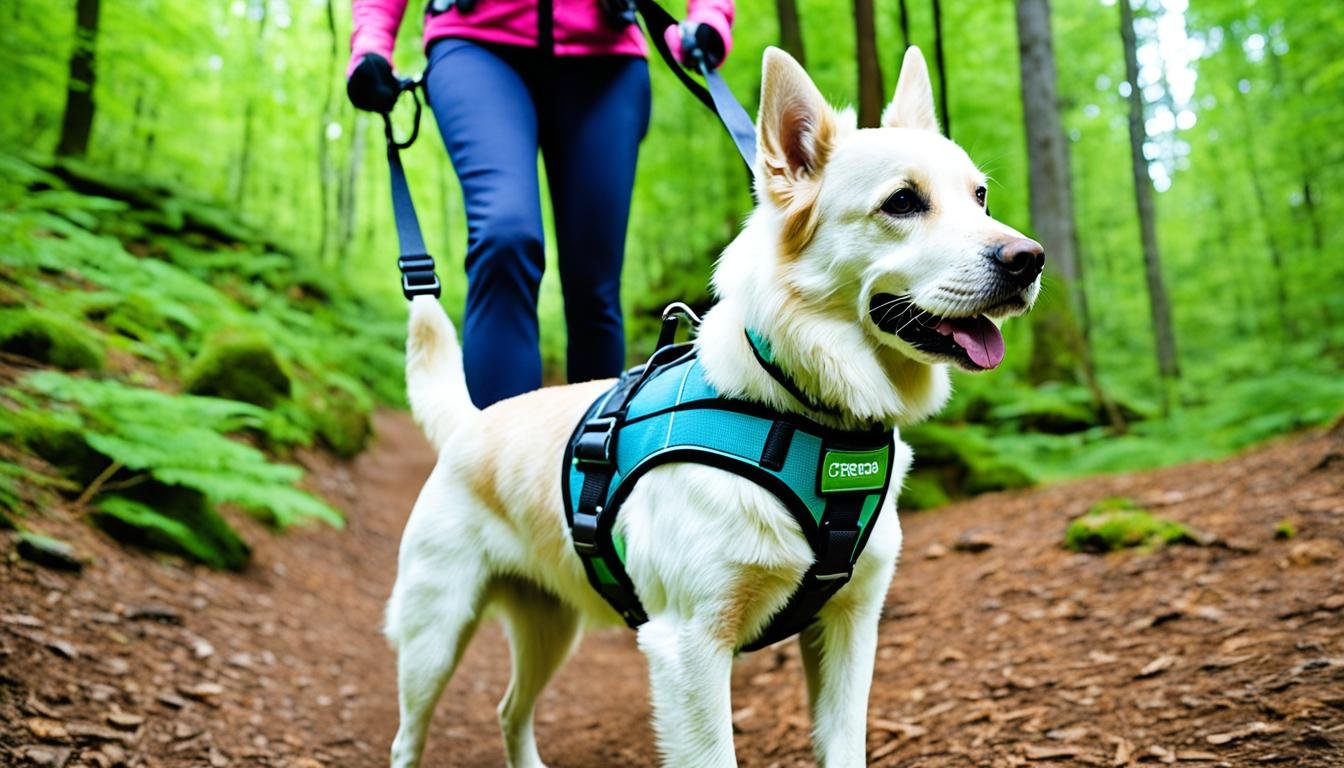
How to Tighten Dog Harness: Best Tips for Comfort & Safety?
Share
As a health-conscious pet owner, knowing how to tighten dog harness effectively completes your responsibility towards ensuring your dog's safety and comfort. A well-fitted harness can make a significant difference during walks, playing in the park, or even just lounging around at home. Understanding this vital skill not only promotes safety but also builds a connection between you and your fur companion. Let's delve into the essential methods and techniques to tighten a dog harness properly.
The primary highlight when discussing how to tighten your dog harness effectively rests on the importance of a **proper fit**. An ill-fitted harness can cause discomfort to your dog, potentially leading to accidents and injuries. By investing time to learn the correct methods of adjustment and fitting your dog's harness, you are paving the way for better outings with your furry friend.

Understanding the Importance of Harness Safety
The safety of your dog while out and about relies heavily on the harness's adjustment. With various designs available in todays market, its important to know how to tighten dog harness based on the specific type you own. A proper fitting harness can prevent unnecessary accidents, allowing your pet to roam freely without fear.
Types of Dog Harnesses
Before learning how to tighten dog harness, you need to understand the type of harness you have. Generally, there are three main types of dog harnesses:
- Back-Clip Harness: Suitable for small and calm dogs, but less effective for training.
- Front-Clip Harness: Perfect for dogs that pull on the leash, providing better control.
- Multi-Clip Harness: Versatile and adjustable featuring both front and back clips, adaptable to different situations.
Each type has its own mechanism for adjustment, and each requires a unique approach for ensuring an appropriate fit.

Steps to Tighten a Dog Harness
Heres a step-by-step guide to help you tighten your dog harness effectively:
1. Prepare Your Pet
Before you begin tightening, ensure your dog is calm. It can be helpful to have treats available to encourage positive reinforcement throughout the process.
2. Place the Harness Properly
Start by carefully placing the harness over your dog's head and adjusting the belly strap. Make sure that the harness is not twisted. A correctly positioned harness can significantly ease the adjustment process.
3. Adjust the Straps
Begin by locating the adjusting straps, usually found on the belly and chest sections. To tighten, pull the straps gently until they feel snug but not overly tight. Aim for two fingers to fit comfortably between the harness and your dog's body. Over-tightening can cause discomfort, leading to resistance during walks.
4. Inspect the Fit
After adjusting, confirm that the harness fits well. The dog should be able to move freely while still maintaining a snug structure. A well-tightened harness should not slip off your dogs body while walking or running.
5. Regularly Check the Fit
As your dog grows or loses weight, make it a habit to regularly check the fit of the harness. Dogs, like humans, undergo physical changes that may warrant an adjustment.

Signs That a Harness is Too Tight
Ensuring that your dog's harness is not too tight is as crucial as knowing how to tighten dog harness effectively. If you observe any of the following signs, it may be time to adjust the harness:
- Red marks on your dog's skin.
- Your dog struggles to walk comfortably.
- The harness causes discomfort such as whimpering or growling.
- Excessive pulling or attempting to escape the harness.

Harness Alternatives
If you're struggling with fitting a traditional harness or if your dog seems uncomfortable, consider alternative options such as a harness-routine that works better for your dog's behavior or body shape. Different designs are purposely curated to cater to specific pet needs.
Tips for Training with Harness
Once youve learned how to tighten your dog harness, the next step is to incorporate training that utilizes the harness effectively. The following are some training tips:
- Begin with short sessions, allowing your dog to adapt.
- Incorporate verbal cues during the adjustment process.
- Reward your dog with treats for calm behavior.
Training helps a lot, especially if your dog is a bit skittish about wearing a harness. Adapting slowly and reinforcing positive behavior goes a long way in building a up strength and maturity required for walks.
Frequently Asked Questions
How do I know if the harness fits correctly?
When strapping the harness on, ensure that you can place two fingers comfortably between the dog's body and the harness, illustrating it fits without causing discomfort.
Can I use the harness for running?
Yes! As long as the harness fits correctly and your dog is conditioned to run, the harness can be an excellent tool for runs.
What should I do if my dog keeps trying to get out of the harness?
If your dog frequently tries to escape, immediately check the harness's fit. Adjust it properly and consider using a different design, perhaps opting for a multi-clip harness as they typically offer better control.
For further reading, you might also find this article about measuring dogs useful when fitting your harness.
As an Amazon Associate, I earn from qualifying purchases.
